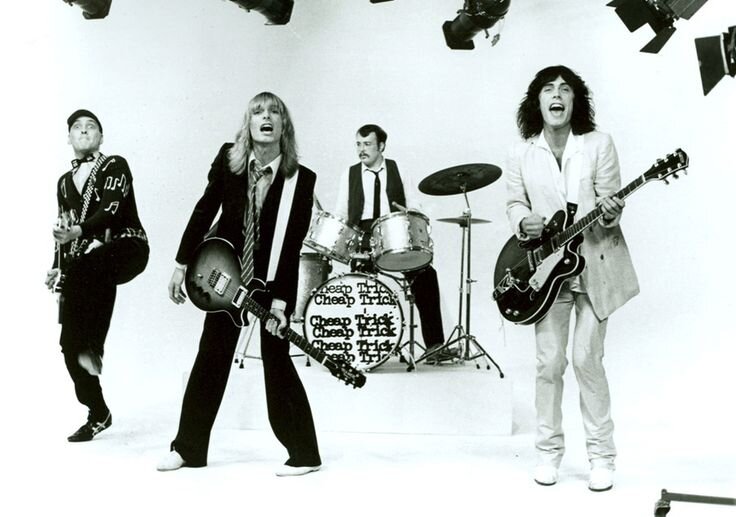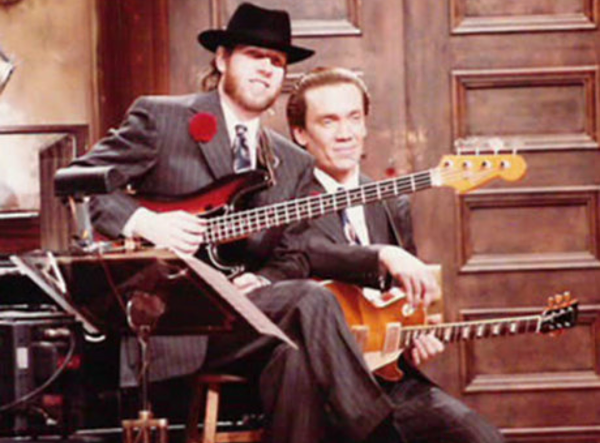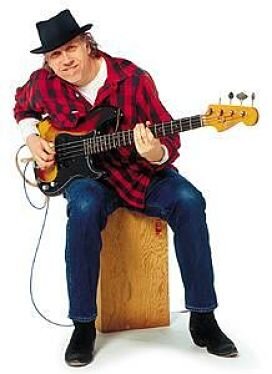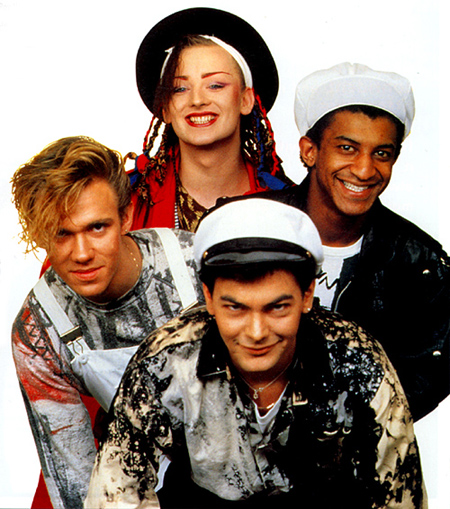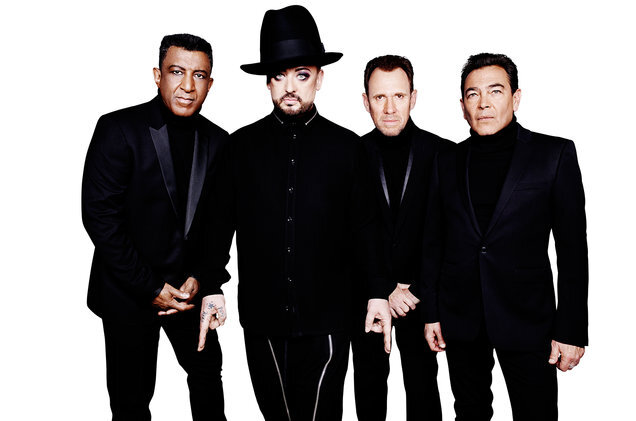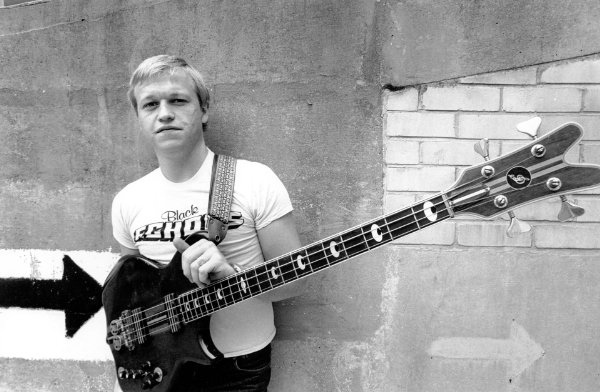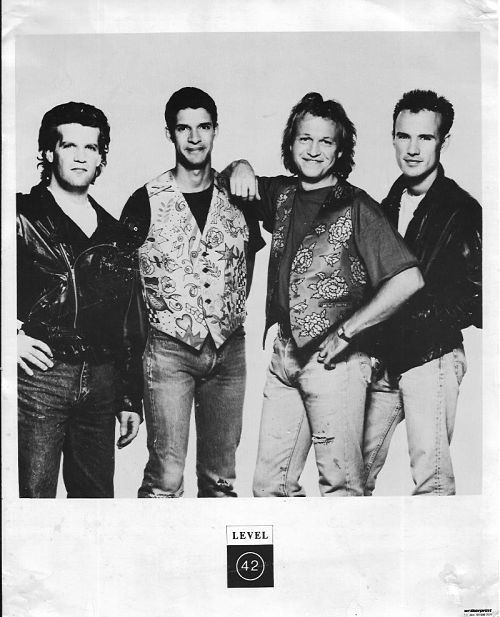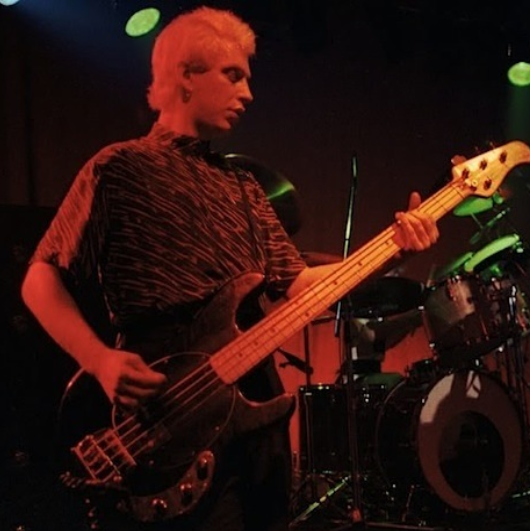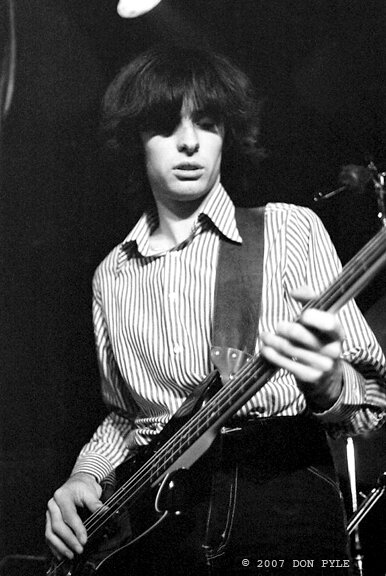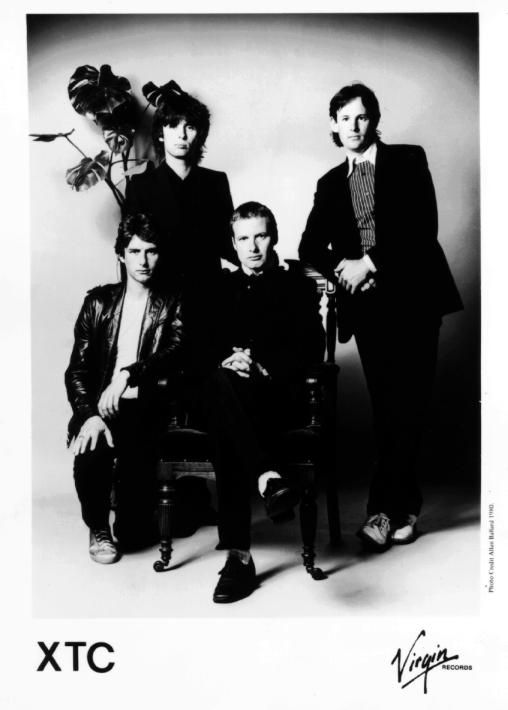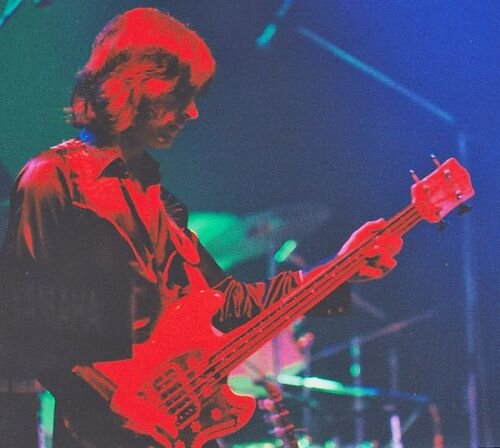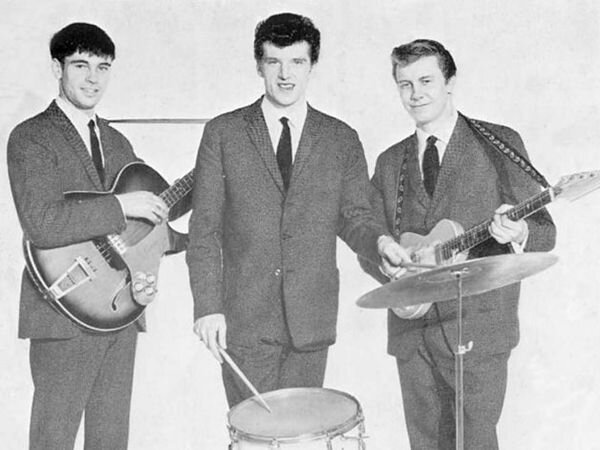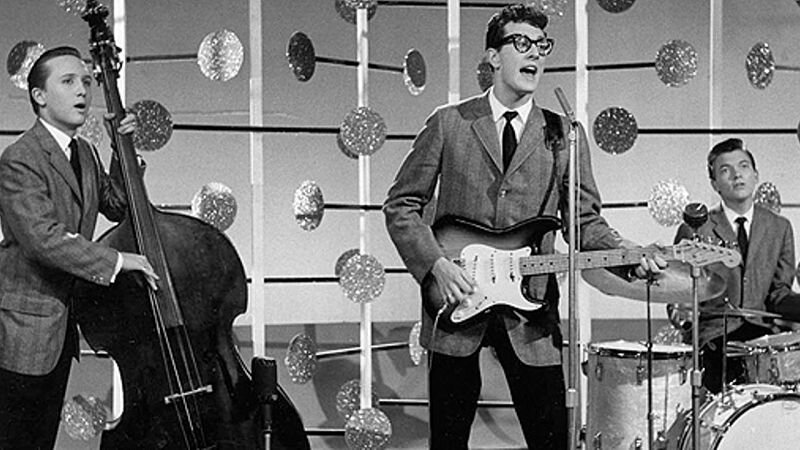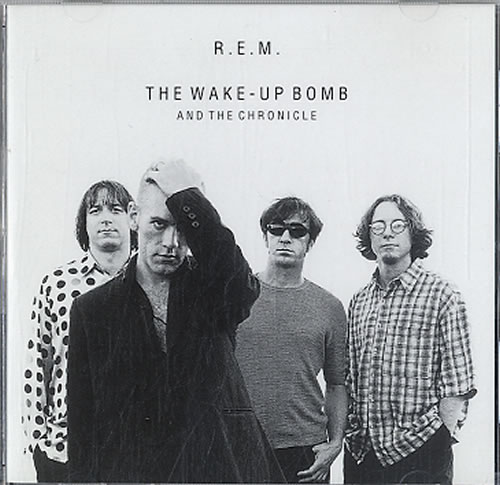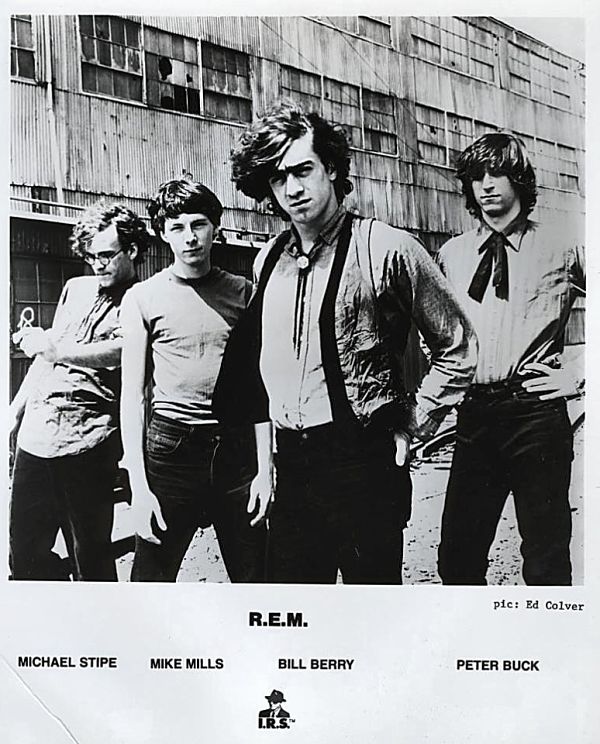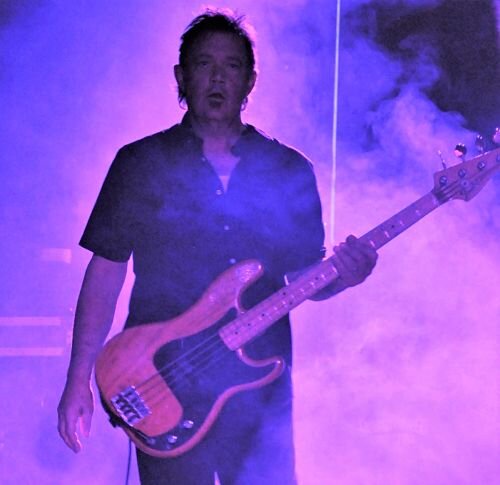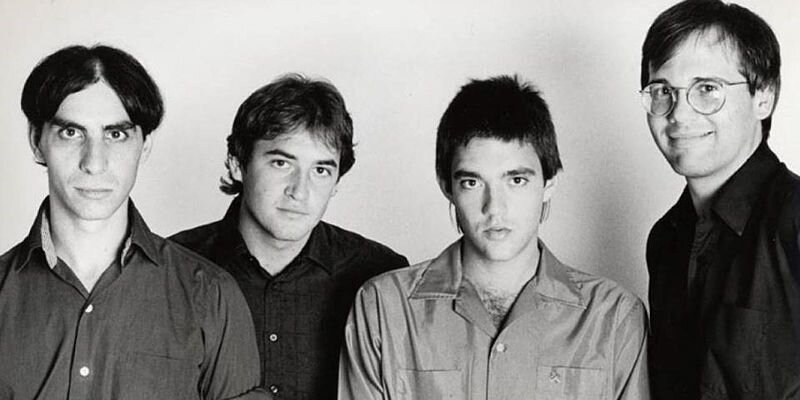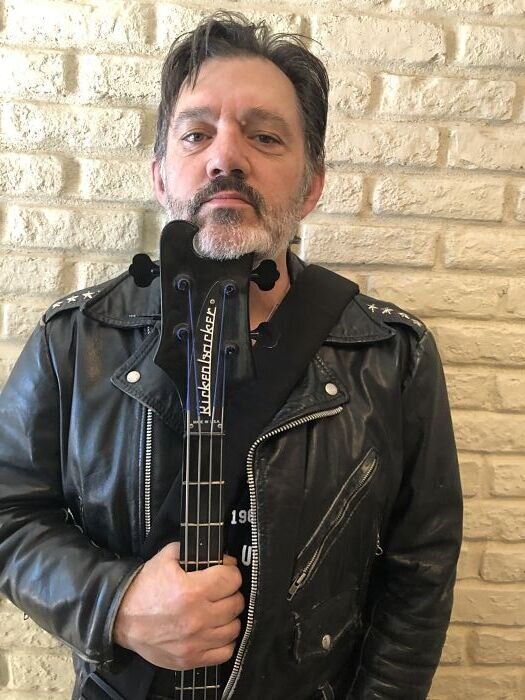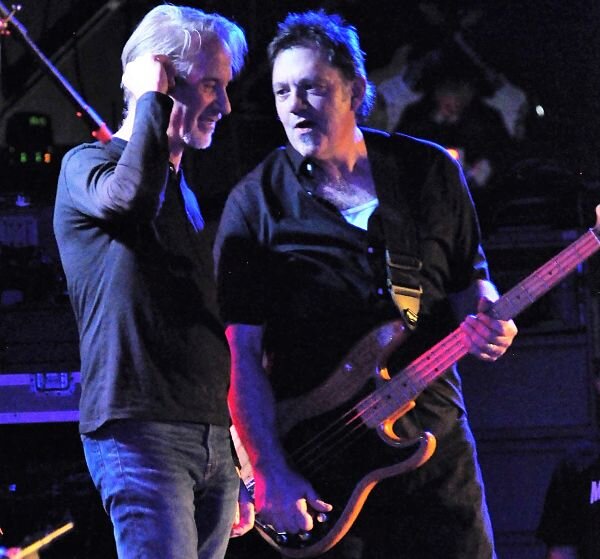Tom Petersson (Cheap Trick)

Elo Kiddies!
He anchors one of the most influential (and mostly underrated) American bands to emerge in the post-Beatles era. Duly deified by generations of hard rockers, punks, metal heads, classic rockers, and alternative / indie musicians alike, these four Rockford, Illinois elder statesmen of the almighty power-chord / pop hook have distinguished themselves far above and beyond those who followed in their path and subsequently sold more records, and garnered more recognition.
The bassist born Thomas John Peterson is the inventor and pioneer of the remarkable 12-string bass – a trailblazing instrument he first conjured circa 1977.
Forging a distinctive “wall of sound” Petersson’s revolutionary craft is an essential component in Trick’s signature sound – and one which the band’s legions of imitators can never replicate. Profoundly influenced by Ron Wood’s contrapuntal approach to the bass with The Jeff Beck Group, Petersson’s watershed tone melds the resonance of a traditional electric bass and a 12-string guitar.
Tom’s bass motifs are borne of rock ‘n’ roll purity- vacillating between unabashed bombast and melody within the framework of a single pop song. Even the lesser entries in the untouchable Cheap Trick canon oft surpass the best work of their countless disciples.
A philanthropist, Tom and his wife created Rock Your Speech to support children affected by Autism Spectrum Disorder.
Tom’s busman’s holiday activities included collaborations with Donovan, Sir Mick, Frank Black, and Willie Nelson.
Petersson’s current weapon of choice is Gretsch. A collector of instruments, Tom has worked several basses on stage and in the studio including Mike Lull, Gibson Thunderbird, and of course, Hamer.
Tom Petersson Sound & Vision….
Cheap Trick:
“Rebel Rebel” https://youtu.be/7RdXR1Mxfy4
“Heart on the Line” https://youtu.be/CPguBCxXql0
“You Got It Going On” https://youtu.be/BPQ137ckGAQ
“Welcome to the World” https://youtu.be/Kw6MMPQfQyc
Dig Tony Senatore’s renditions of some of Tom’s top tracks:
“World’s Greatest Lover” https://youtu.be/uOmrMF-Gsnc
“He’s a Whore” https://youtu.be/toFZ-hJteRc
“Baby Loves to Rock” https://youtu.be/DRBcCs-E1TQ
“Surrender” https://youtu.be/qhpAEW_3jGM
“Dream Police” https://youtu.be/uAQgDzhvEpk
